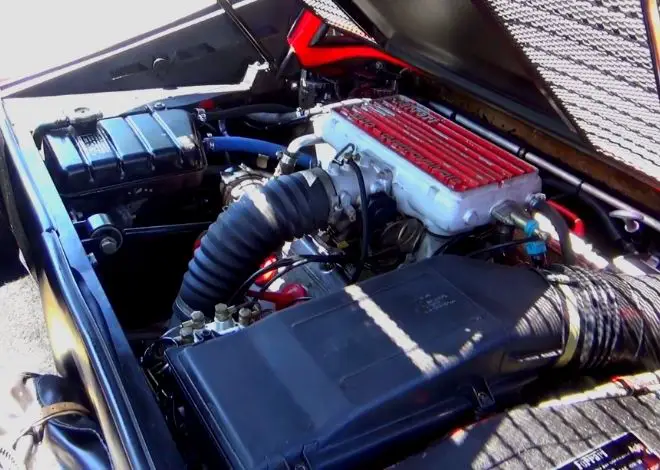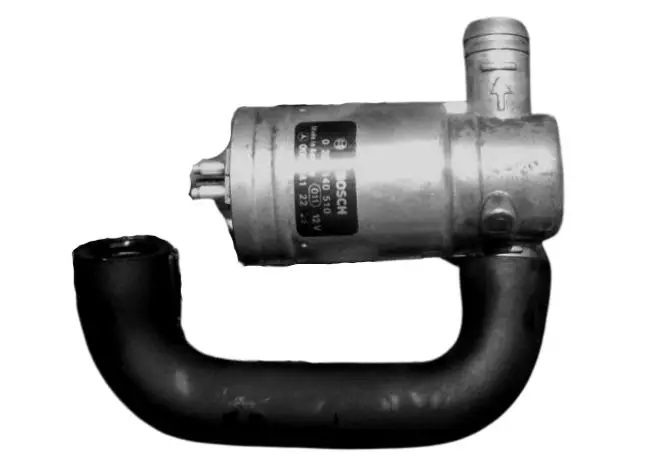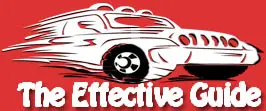Last Updated on March 26, 2025
When your OBD-II scanner displays the C0300 code, it’s a signal that something is wrong—particularly with your vehicle’s drivetrain or engine-related components. Most commonly, this code is associated with the rear prop shaft speed sensor. When paired with the illumination of the ABS warning light, it often indicates a potentially hazardous issue that shouldn’t be ignored. While minor glitches might be manageable for a short time, serious problems can escalate quickly, increasing the risk of breakdowns or even accidents. That’s why it’s essential to address the C0300 code promptly and seek professional diagnosis and repair.
For comparison, check out our complete guide on P0001 Fuel Volume Regulator Control Circuit—another critical code related to engine fuel delivery problems.
What Does the C0300 Code Mean?
The C0300 code relates to the rear propeller shaft speed sensor and its module. This sensor operates as a permanent magnet (PM) generator, producing a pulsing AC voltage that corresponds directly to your vehicle’s speed. As the speed increases, so do the pulses. This signal is then interpreted by the control module to determine the prop shaft’s revolutions per minute (RPM).
Since AC voltage is not easy to measure directly, scan tools convert this data and display the prop shaft RPM. This measurement is crucial for maintaining vehicle stability, speed control, and engine synchronization.

🔍 Common Causes of C0300 Code
- Faulty rear prop shaft speed sensor
- Damaged or corroded wiring/connectors to the sensor
- Malfunctioning transfer case control module
- Sensor misalignment or debris interfering with readings
⚠️ How Serious Is the C0300 Code?
The C0300 code can significantly affect your vehicle’s drivability and safety systems like ABS and traction control. Ignoring it may lead to:
- Reduced stability and handling
- Higher risk of losing traction
- Increased wear on drivetrain components
Common Symptoms of C0300 Code
The C0300 error code is a critical indicator of an underlying issue that can significantly affect vehicle safety and performance. Here’s what to watch for:
⚠️ Malfunction Indicator Lamp (MIL) Illuminated
When the MIL or “Check Engine” light turns on, it signals a problem that needs immediate attention. In the case of C0300, it points to an issue related to the drivetrain or rear prop shaft speed sensor.
⚠️ ABS Warning Light On
Another common symptom is the ABS light being triggered. Since the ABS relies on speed sensor data to function correctly, a faulty rear prop shaft sensor can cause it to malfunction, reducing braking efficiency. Similar symptoms may also appear with a C0040 Right Front Wheel Speed Circuit Malfunction, which affects braking and traction control systems.
⚠️ Engine Light On
The engine light may also be illuminated. This is a clear warning that the engine or associated components are not functioning properly. If left unaddressed, it can lead to poor fuel efficiency, reduced performance, or even engine damage.
🚫 Preventing the C0300 Code
- Regularly inspect the drivetrain system, especially the prop shaft and sensors.
- Clean dirt and debris from underneath your vehicle, especially in off-road conditions.
- Don’t ignore early signs like unusual vibrations, traction issues, or ABS lights.
Still facing ABS-related issues? Learn about C0161 ABS/TCS Brake Switch Circuit Malfunction, another common culprit for traction control and stability concerns.
Consequences of the C0300 Code: What It Means for Your Vehicle
Recognizing the C0300 trouble code early can help you avoid costly repairs and dangerous driving conditions. But how can you know if your engine is truly in trouble? Many car owners continue driving without realizing the extent of the damage—until it’s too late. Here are the common consequences of ignoring the C0300 code:
🔻 Decreased Fuel Efficiency
The C0300 code signals a problem in the rear prop shaft speed sensor, which can negatively affect engine performance. A malfunctioning engine often burns more fuel than necessary, reducing your vehicle’s fuel economy. Over time, this inefficiency results in higher fuel costs and additional wear on your engine.
🔻 Fuel Pressure Irregularities
Every engine is designed to maintain a specific fuel pressure range for optimal performance. When the prop shaft speed sensor fails, it disrupts this balance. The engine may either struggle to receive proper fuel pressure or demand excess fuel, which reduces the overall efficiency and responsiveness of your vehicle. These irregularities often occur alongside issues like C0035 Left Front Wheel Speed Sensor Malfunction, which can also affect drivability.
🔻 Increased Maintenance Costs
When your engine consumes more fuel and performs inefficiently, it not only leads to higher fuel expenses but also accelerates component wear and tear. If left untreated, the C0300 code can lead to major engine damage, costing you significantly more in repairs.
🧰 How to Diagnose the C0300 Code
- Use an OBD-II scanner to retrieve the code.
- Inspect wiring and connections to the rear prop shaft sensor.
- Test the sensor using a multimeter to confirm correct voltage output.
- Check for physical damage to the sensor or driveshaft components.
- Clear the code and perform a test drive to confirm if it reappears.
🧯 Tips to Avoid Misdiagnosis
- Always verify if the sensor is working before replacing it—many times, the issue is a loose wire or corroded connector.
- Scan for additional codes that may affect the interpretation of C0300.
- Use freeze-frame data on your scan tool to understand when the issue occurs.
You can also reference issues like the C0050 Right Rear Wheel Speed Sensor Code, which may co-exist with C0300 when dealing with sensor-related ABS faults.
🔧 How to Fix the C0300 Code
To keep your engine running smoothly and restore full functionality, it’s essential to address the root cause of the C0300 diagnostic code. Here’s how:

✅ Scan the Vehicle with an OBD-II Tool
If you notice warning lights or unusual engine behavior, begin by scanning your vehicle using an OBD-II scanner. If the code C0300 appears, it confirms an issue with the rear prop shaft speed sensor or a related drivetrain component.
✅ Visit a Certified Mechanic
While DIY diagnostics can help identify the problem, repairs should be handled by a professional technician, especially when drivetrain or engine-related components are involved. An experienced mechanic can accurately diagnose the issue and recommend the best course of action.
For repair steps related to similar issues, see our guide on C0045 Left Rear Wheel Speed Sensor Problem, often seen in AWD and 4WD vehicles.
✅ Use High-Quality Replacement Parts
Don’t compromise on quality when replacing faulty components. Choose OEM or high-quality aftermarket parts to ensure long-term reliability and performance. Subpar parts may lead to recurring issues and further engine strain.
Final Thoughts
A smooth and reliable ride isn’t just about comfort features like air conditioning or audio systems—it starts with a healthy engine. The C0300 code is more than just a random diagnostic number; it’s a warning sign that your engine or drivetrain needs immediate attention. By acting quickly and following proper repair procedures, you can prevent costly repairs, improve fuel efficiency, and enjoy peace of mind on the road.
Kevin Nicholas is an automotive technician who is a genius at software and hardware-related issues. He manually tested more than a hundred OBD scanners and gave his honest opinion on whether the device was worth the money or not. His in-depth OBD review articles help people choose the right product, whether it is a European, American, or Asian vehicle. He completed his Automotive Specialized Training Course at Universal Technical Institute and has more than 15 years of experience in the field.
